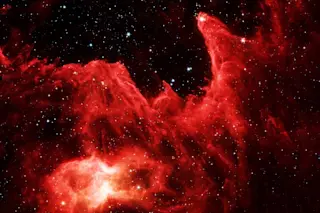“Space” is certainly an apt nickname for our cosmos, since there’s a heckuva lot of it out there.
Between here and the moon, about a quarter-million miles away, there’s virtually nothing — just stray hydrogen, helium and the odd dust particle. On far grander scales, this barrenness becomes unimaginably vast. A desolate, virtually starless, 2.5 million light-year gulf — that’s nearly 15 quintillion miles — separates our home galaxy, the Milky Way, from its nearest sizable neighbor, the Andromeda Galaxy.
Yet compared to cosmic scales, the Milky Way and Andromeda are right next door. Like neighbors awkwardly catching glances of each other through the windows, we can see Andromeda with the naked eye as a glowing smudge in its namesake constellation. The vast majority of the universe’s galaxies similarly huddle together. They gather into the equivalent of neighborhoods, cities and interconnected megalopolises known in astro-jargon as groups, clusters and filaments. ...















